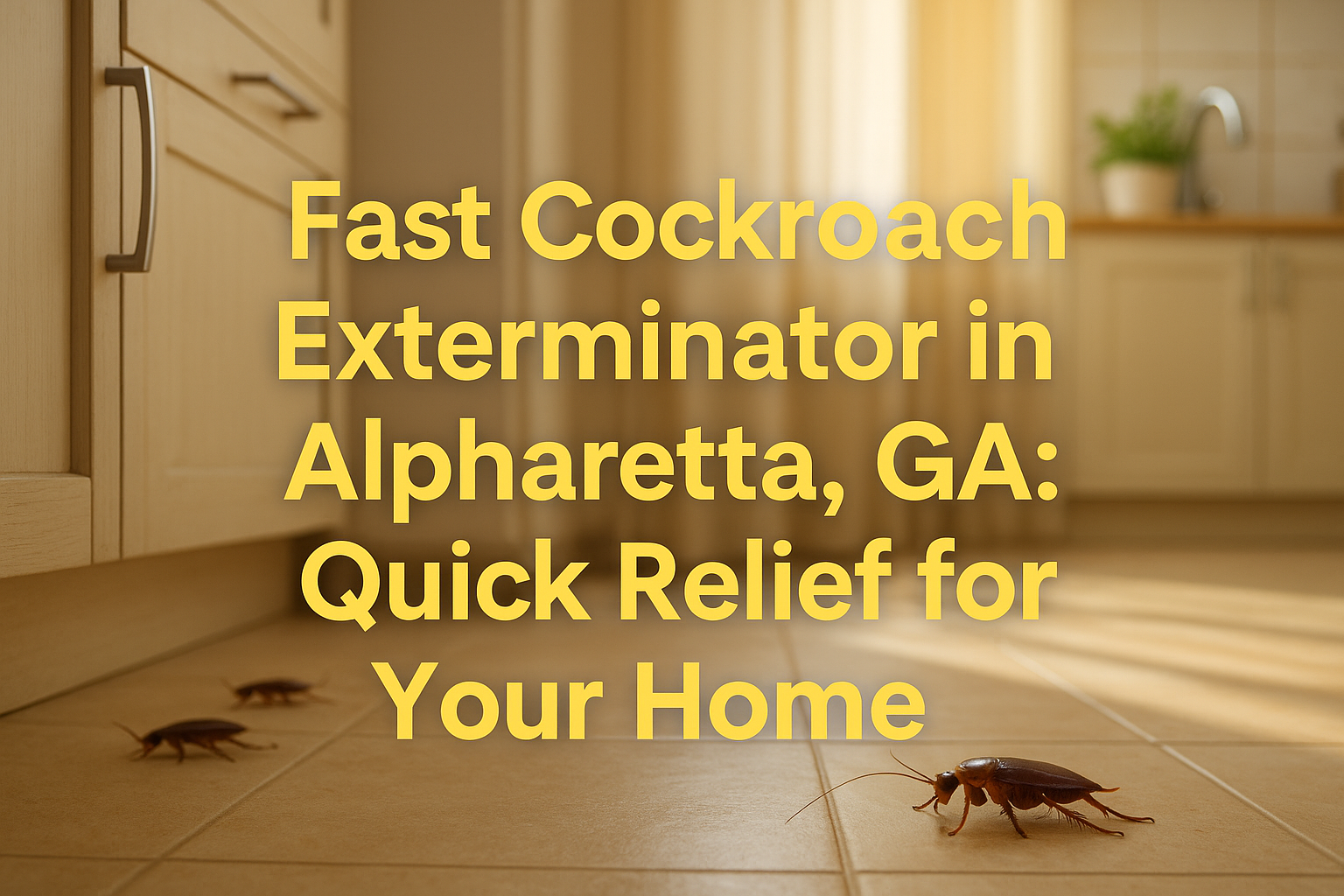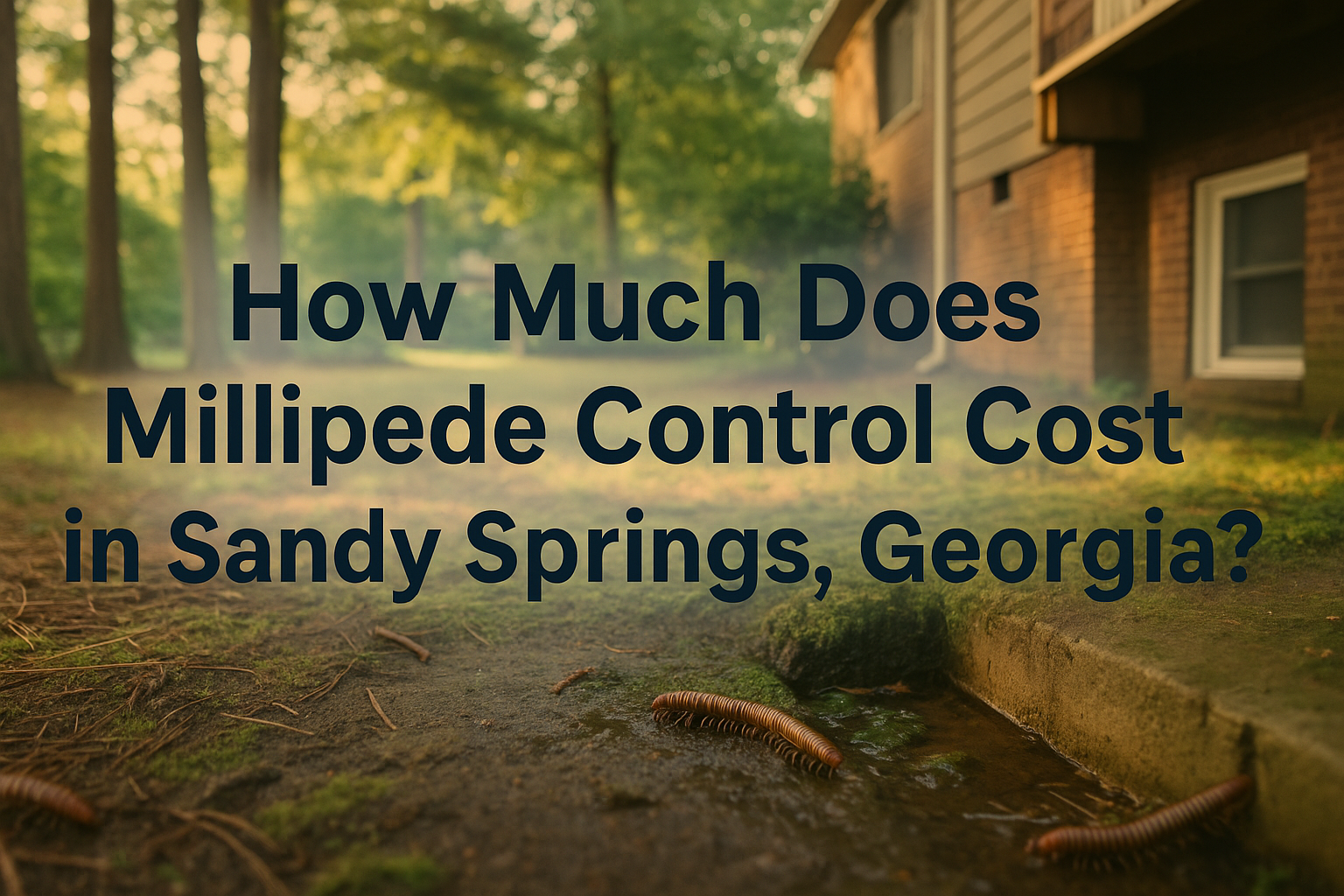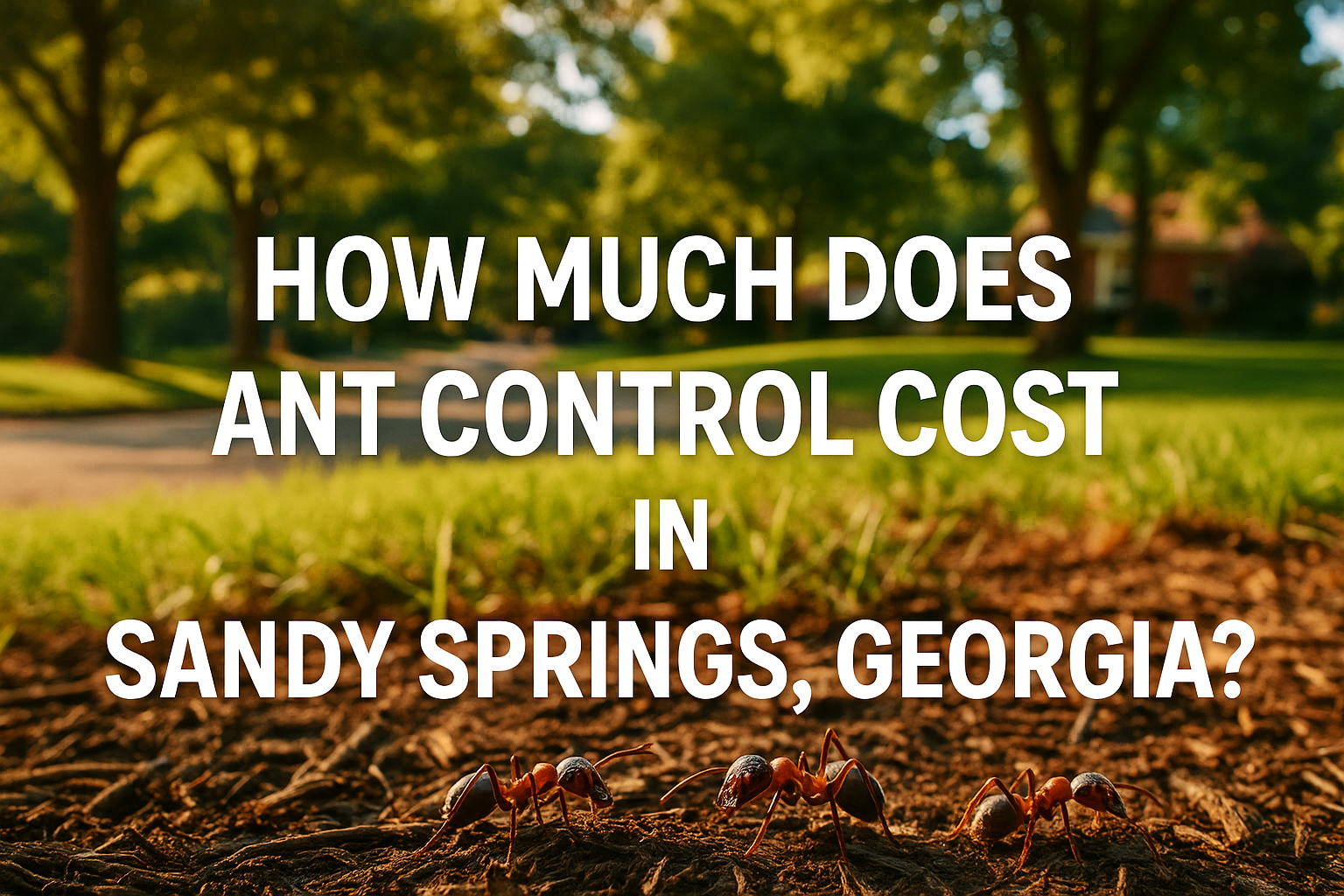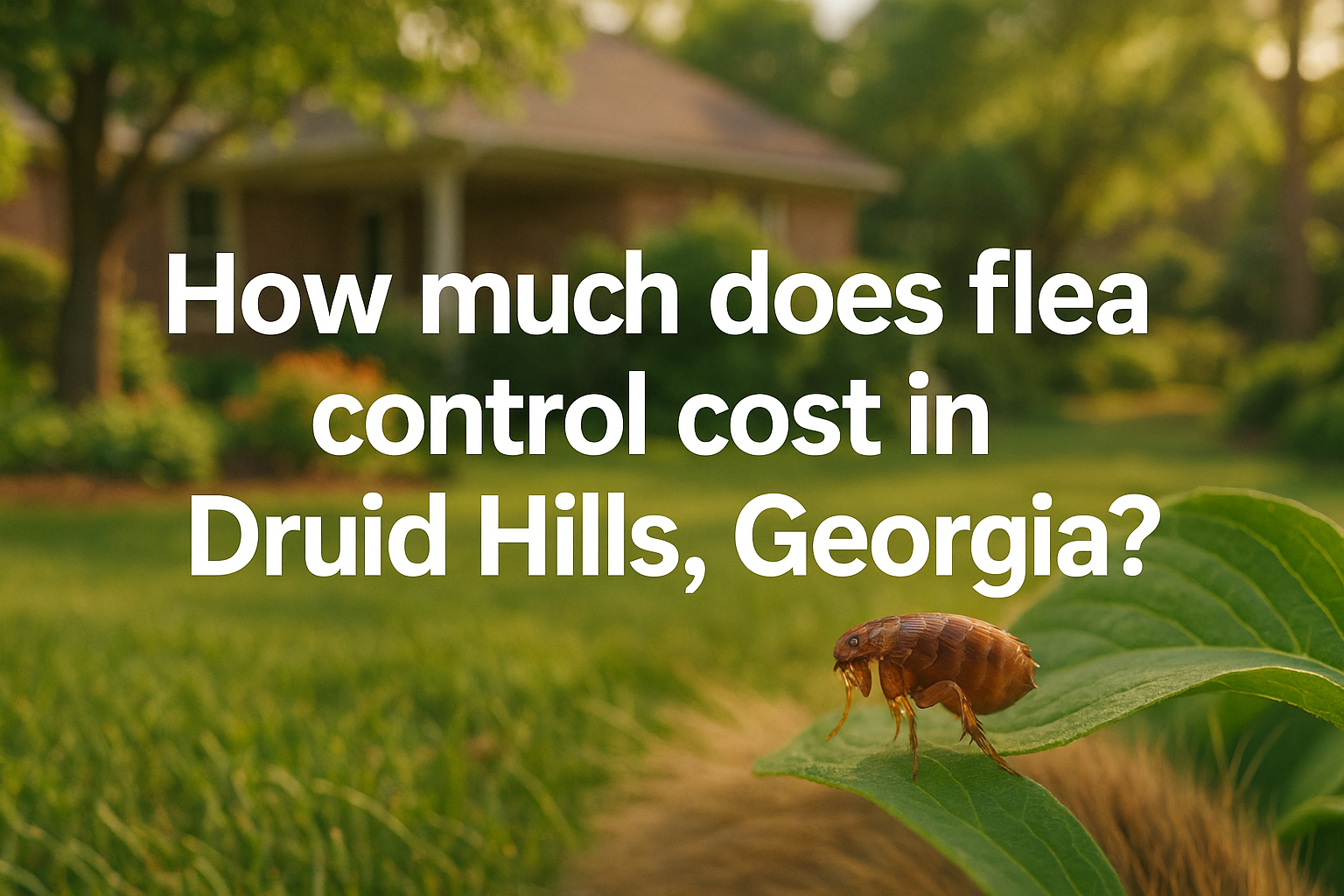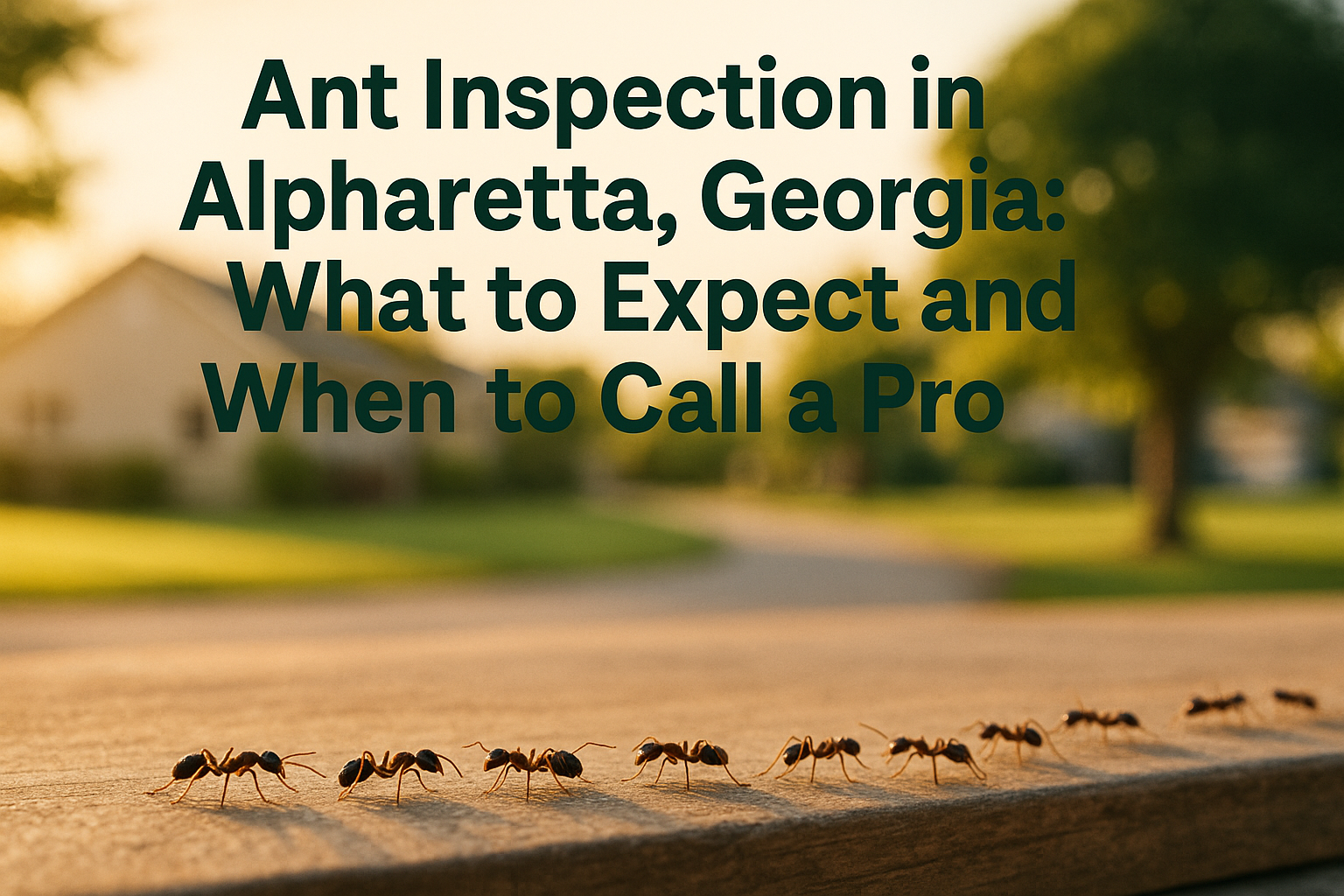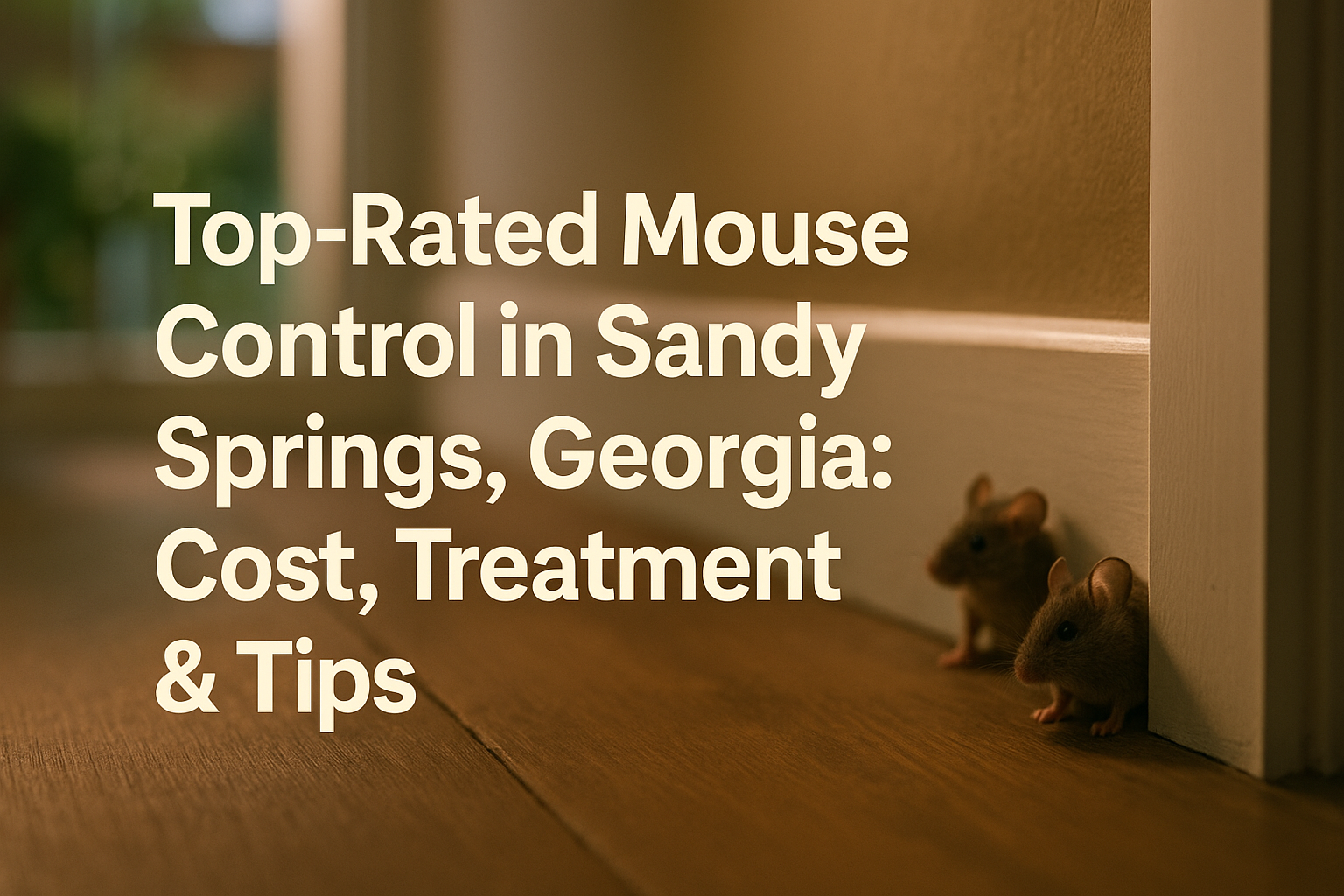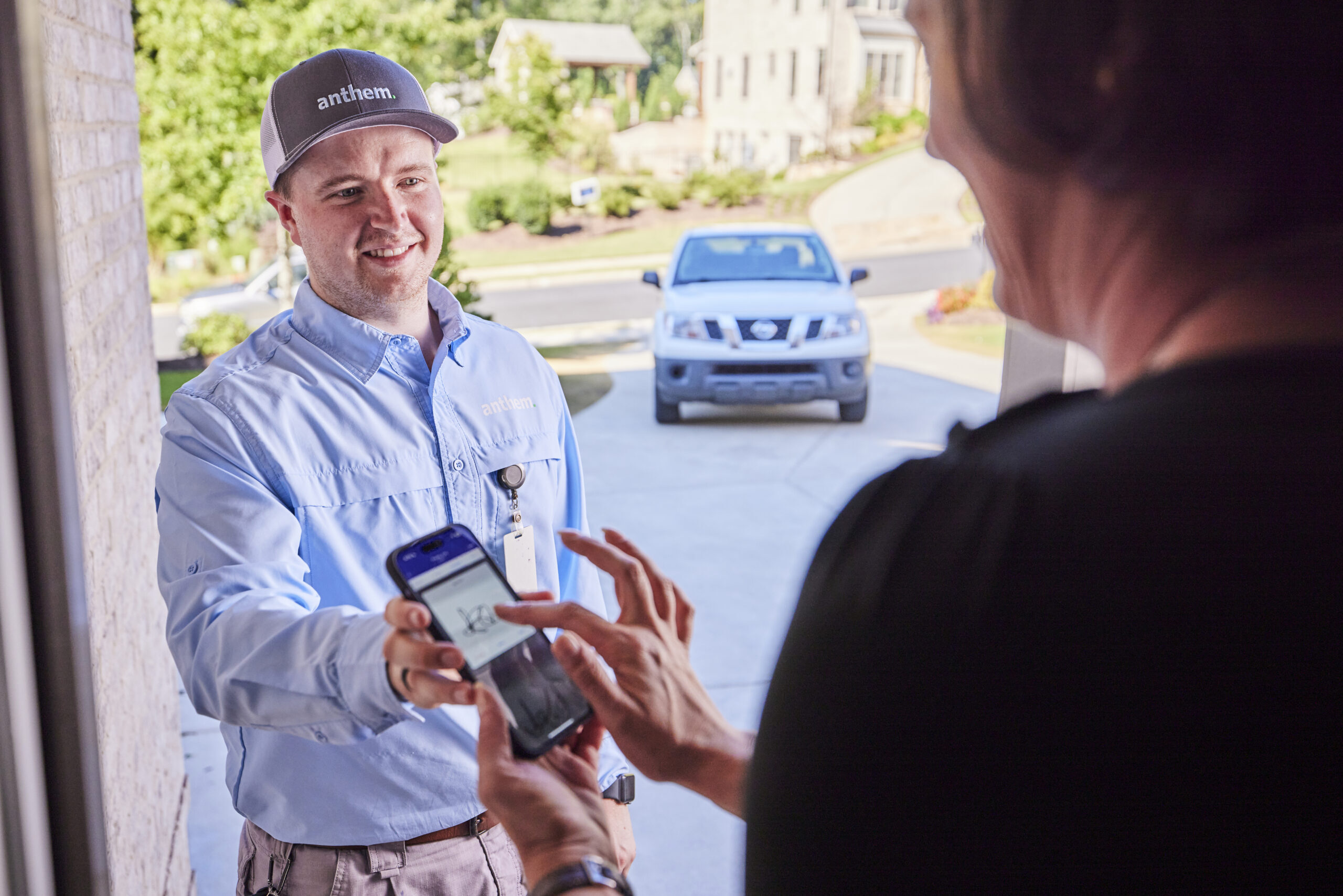Why Are Millipedes Always Marching Into Roswell Homes?
If you’ve ever walked into your basement on a muggy Roswell morning and spotted a line of tiny, curling insects on the wall or floor, you’re not alone. Millipede invasions are a fact of life around here, especially when that signature Georgia rain rolls in. While these creatures aren’t dangerous—they don’t bite, sting, or damage property—there’s no denying they’re a headache for local homeowners. That’s why many residents turn to millipede control Roswell Georgia experts to keep their homes comfortable and pest-free.
It’s not just bad luck. Places like Brookfield, Horseshoe Bend, and Historic Roswell get the brunt of these invasions thanks to a winning combo of leafy yards, mature landscapes, and damp, shaded foundations—exactly what millipedes love. Heavy rains drive them out of their hiding spots in mulch, under stones, or deep in your lawn, sending them searching for drier real estate—often inside your house.
The good news is you aren’t stuck dealing with them every season. Professional millipede control helps keep these pests at bay, so you can stop playing doorman every time the weather turns. Most Roswell pest control companies offer regular service plans that usually run from $119 to $189 per quarter, which cover routine barrier sprays and key moisture treatments. If you’re just looking to knock out a one-time problem, expect to pay between $100 and $140 for a thorough treatment—this usually includes direct attention to nests, barriers, and those critical moisture trouble spots around your house.
If you find yourself wrestling with millipedes every time the weather turns or want to get ahead before peak season, you’ve got options. In the rest of this article, we’ll break down the different treatment methods, how the costs add up, and some insider tricks to make your home less appealing to these persistent pests. Ready to reclaim your space and stay bug-free? Let’s dig into what works best here in Roswell.
What Goes Into Millipede Treatment Costs in Roswell?
If you’re wondering why millipede control Roswell Georgia pricing isn’t a flat number, you’re not alone. The cost to kick millipedes out of your home can swing quite a bit depending on a handful of factors unique to your space and neighborhood. Here’s what you really pay for—and what matters most.
- Home Size & Yard Details: Bigger houses and lots mean more ground for pros to cover. Large lawns, sprawling landscaping, or homes packed in dense plantings (like those in Martin’s Landing or Centennial) almost always cost more to treat because there’s extra real estate for these critters to hide and multiply.
- Level of Infestation: Seeing just a few millipedes? Or are they marching in armies through the basement and garage? Light outbreaks are easier and quicker to manage, usually with a simple barrier treatment. Heavy infestations, or recurring ones, demand more time, stronger products, and sometimes, several visits.
- Treatment Type: Some homeowners just want a quick fix, while others want the whole nine yards: barriers, spot treatments, crack-and-crevice work, and routine visits. Full-service or quarterly plans cost more but typically deliver more consistent results and peace of mind, especially for older homes or those in shaded, damp parts of town.
- Property Features: Got dense mulch, a shady crawl space, or lots of mulch beds? These features trap moisture, giving millipedes a perfect hangout. Homes with intricate landscaping or those up against wooded lots will need extra attention—and that figures into the final price.
So what’s the bottom line? Most single treatments for a focused millipede problem run $100–$140. For homes that need regular protection—either due to chronic issues, age, or location—quarterly plans for millipede control Roswell Georgia usually land between $119 and $189 per visit. While paid more often, these services offer longer-term protection and can cut surprises down the road.
It’s worth noting that preventive and comprehensive options might have a higher up-front cost, but they pay off with fewer infestations and less hassle over time. If you’re not sure where your Roswell home fits, a local pest pro can walk your property, spot red flags, and recommend the best plan for your needs—so you only pay for the coverage you actually need.
What Goes Into Millipede Treatment Costs in Roswell?
If you’re wondering why millipede control Roswell Georgia pricing isn’t a flat number, you’re not alone. The cost to kick millipedes out of your home can swing quite a bit depending on a handful of factors unique to your space and neighborhood. Here’s what you really pay for—and what matters most.
- Home Size & Yard Details: Bigger houses and lots mean more ground for pros to cover. Large lawns, sprawling landscaping, or homes packed in dense plantings (like those in Martin’s Landing or Centennial) almost always cost more to treat because there’s extra real estate for these critters to hide and multiply.
- Level of Infestation: Seeing just a few millipedes? Or are they marching in armies through the basement and garage? Light outbreaks are easier and quicker to manage, usually with a simple barrier treatment. Heavy infestations, or recurring ones, demand more time, stronger products, and sometimes, several visits.
- Treatment Type: Some homeowners just want a quick fix, while others want the whole nine yards: barriers, spot treatments, crack-and-crevice work, and routine visits. Full-service or quarterly plans cost more but typically deliver more consistent results and peace of mind, especially for older homes or those in shaded, damp parts of town.
- Property Features: Got dense mulch, a shady crawl space, or lots of mulch beds? These features trap moisture, giving millipedes a perfect hangout. Homes with intricate landscaping or those up against wooded lots will need extra attention—and that figures into the final price.
So what’s the bottom line? Most single treatments for a focused millipede problem run $100–$140. For homes that need regular protection—either due to chronic issues, age, or location—quarterly plans for millipede control Roswell Georgia usually land between $119 and $189 per visit. While paid more often, these services offer longer-term protection and can cut surprises down the road.
It’s worth noting that preventive and comprehensive options might have a higher up-front cost, but they pay off with fewer infestations and less hassle over time. If you’re not sure where your Roswell home fits, a local pest pro can walk your property, spot red flags, and recommend the best plan for your needs—so you only pay for the coverage you actually need.
Why Millipedes Love Roswell Homes (And What That Means for You)
If you’ve lived in Roswell for more than one humid summer, you know bugs don’t mess around here—and millipedes are no exception. Our warm, muggy weather, regular storms, and lush tree cover all spell “open invitation” for these critters. When the ground is damp and shady, millipedes find it easy to breed and move right up to—and sometimes into—your home.
The big difference in how bad your millipede problem gets often comes down to the way local houses are built and the upkeep around the yard. Roswell’s many older neighborhoods, which feature brick and wood exteriors, deep mulch beds, and heavy tree shade, are prime hotspots. Have leftover leaves, thick mulch, or piles of sticks close to the house? That’s millipede paradise—it gives them food, moisture, and cover all at once.
- Basements and Crawlspaces: Homes with these spaces almost always see more millipede action. These damp, dark areas become perfect hiding—and breeding—grounds. Plus, treating a home with a basement or crawlspace usually requires more time and special techniques, which can add to the cost.
- Older Construction: Gaps in foundation walls, vents, or along utility entries give millipedes an easy route inside. Wood or brick siding tends to stay cooler and damper after a rain, which attracts them even more.
- Shaded Lots: Thick tree canopies and lots of undergrowth hold moisture, keeping your yard inviting for millipedes well after the rain stops. It takes extra effort to control them in areas with deep shade and lots of organic debris.
All these local factors don’t just impact how many millipedes you see—they also play a big role in what it costs to kick them out and keep them away. Some homes need more frequent visits or specialized products to address tough-to-reach areas, so the right solution is almost always one tailored specifically for your neighborhood style and your property’s unique quirks. That’s why working with a pest control team that truly knows Roswell isn’t just smart—it saves you headaches (and sometimes cash) in the long run.
Take a look at the infographic below for a full breakdown of how these Roswell-specific conditions shape your pest control options and effectiveness.
How to Keep Millipedes Out – Without Breaking the Bank
When it comes to millipedes, a little prevention goes a long way. Honestly, saving yourself from the hassle (and the repeated treatment costs) all starts with how you keep up your home and yard. If you want fewer creepy-crawlers showing up, here’s what actually makes a difference:
- Keep the grass trimmed short around your foundation. Millipedes love damp, shady spots. Give them less to love right next to your home.
- Remove any piles of leaves, mulch, or sticks that are holding moisture close. The less shelter and dampness right up against the house, the less likely they’ll want to sneak inside.
- Seal up the gaps. Check for any cracks around doors, windows, or siding – even tiny gaps are fair game for millipedes. Weatherstripping and good caulk can keep them outside where they belong.
- Get serious about managing moisture: Fix drippy pipes, clean gutters so water moves away from the foundation, and don’t overwater flowerbeds at night. Soggy spots are a millipede’s dream hangout.
- Quarterly professional pest control pays off—especially if you live in lush, shaded neighborhoods like River Lake Shores or Roswell Heights. Staying ahead of a millipede problem keeps your costs manageable long-term.
- DIY and natural boosts: Some homeowners swear by essential oil sprays (think peppermint or tea tree) as a little extra barrier along thresholds.
The real secret? Keep up with these steps all season. Homeowners who manage their landscape and fix moisture problems see better results (and spend less in the long run). Consistent effort also means any pro treatments you do get will actually last longer.
Ready for the next step? Take a peek at our quick visual guide showing when millipede activity peaks, and how the seasons play into your prevention plan.
Timing Your Millipede Control for the Best Results
In Roswell, millipedes really start to make themselves known as the weather warms up and we get those classic Georgia downpours. If you’ve ever walked into your basement after a storm and found a mess of squiggly legs, you know exactly what I mean. These pests love the moisture and cooler temps outside, but when heavy rain hits, they head right into our homes for shelter. Most folks spot them between late spring and early fall – that’s prime season for invasions.
If you’re looking to save some money and keep headache levels low, timing is everything. Booking a preventative millipede control Roswell Georgia treatment in early spring is a smart move. That way, you’re getting ahead of their population boom and stopping millipedes before they even think about using your place as a hideout. Plus, early spring appointments tend to have better availability and lower pricing before the rush hits.
- Book early: Aim for treatment in March or April, before millipedes ramp up. This is when services are usually cheaper and easier to book.
- React fast: If you spot even a couple of millipedes indoors right after a rainstorm, call a pro right away. The longer you wait, the trickier (and pricier) it can get to control the problem.
- Consider your neighborhood: In mature, tree-filled areas like Historic Roswell, millipede activity tends to spike. Early action locks in better rates and helps avoid the scramble during busy months.
Just a heads up — summer is when demand for pest control hits its peak. Everyone wants help at once, which means limited appointments and possibly higher costs. So, whether you’re a long-time Roswell resident or new to the area, think seasonally: Jump on early-spring deals if you can, and always act fast when you notice signs of activity.
If you’re still not sure when to book, scroll up and check out our seasonal timing infographic above. It’s a simple way to make sure your home stays millipede-free, without overpaying or missing the best window for treatment.
Ready to Kick Out Millipedes for Good?
If you’re tired of dealing with millipedes sneaking into your Roswell home, don’t wait until the problem gets worse. Give Anthem Pest a call today at 877-3718-5196 for a completely free, no-obligation property assessment. You’ll get honest advice and a clear plan from our trustworthy local experts—no upsells, just solutions that fit your needs and your budget.
Want to take the next step online instead? Request a fast quote here and we’ll be right in touch. Whether you need a one-time millipede treatment or want the peace of mind that comes with preventive maintenance, we’ve got your back. Protect your home with a service that’s fast, affordable, and proven effective—reach out now and let us handle the rest!
Roswell Homeowners’ Top Millipede Questions—Answered
Curious or frustrated by millipedes showing up around your home in Roswell? You’re not alone. Here are the questions your neighbors are asking most—and the answers you need to keep your place comfortable and pest-free.
- Are millipedes dangerous to my family or pets?
Nope, not at all. The millipedes you’ll find here in Roswell aren’t toxic or harmful to people or pets. They can, however, be a headache in large numbers, especially if they start wandering inside. Their presence alone is just a nuisance—nothing more. - How fast can I get rid of an infestation?
With targeted treatment, most folks see a dramatic reduction in a few days. When we directly treat entry points, nests, and lay down a solid barrier, you’ll notice a big difference quickly. - What’s the real difference between a one-time service and a quarterly plan?
One-time visits are for those times when you want an immediate solution—like right now, bugs are everywhere. Quarterly plans are the way to go if you want reliable, year-round prevention and peace of mind. Those include routine check-ins and long-term protection. - Is fixing leaks or drainage actually important?
Absolutely. Millipedes love moisture—think wet mulch, leaky downspouts, and soggy crawl spaces. Fixing leaks and controlling drainage keeps your home less attractive to these critters. - Can I handle millipedes myself?
You can definitely help: clean up mulch beds, caulk cracks, and manage dampness. But for real, lasting control—especially if they’re coming back—professional treatments are the best bet. Experts use solutions that create a protective barrier you just can’t get from store-bought sprays. - Are treatments safe for my kids and pets?
Yes. Anthem Pest only uses products and treatments that are EPA-approved and safe for use in and around family homes. Your safety always comes first. - Are certain neighborhoods in Roswell more likely to get millipedes?
Yes, some are. Older parts of Roswell with lots of shrubs, mature trees, and thick landscaping tend to have more issues—especially during damp weather or after heavy rains. - I want more info or a quote—where do I go?
Head over to Anthem Pest’s website or give us a call. We’ll walk you through options and work out a plan that’s right for your home.
Got other questions? Don’t hesitate to reach out. We’re neighbors too, and helping Roswell families stay comfortable is what we do best.





